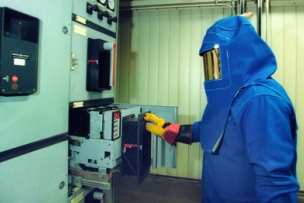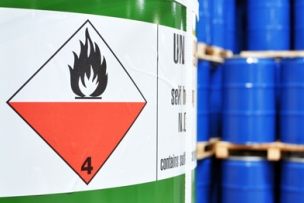If there’s an emergency, will first responders immediately know that hazardous chemicals are used or stored in your facility?
When employees engage in improper lockout/tagout procedures, dangerous (and costly) flash fires can occur. Here are five methods for keeping your staff safe from electrical harm.
Learn about GHS labeling requirements.
ANSI standards have crucial value to the safety programs used in a variety of industries nationwide.
MCR Safety highlights everything you need to know about ANSI Z87.1, a fundamental eyewear standard.
Eye injuries alone cost companies more than $300 million per year in lost production time, medical expenses, and worker compensation.
As the COVID-19 vaccine becomes more readily available, several questions arise. Can your workplace require vaccinations? Will you require visitors/contractors to be vaccinated? How will you communicate your workplace requirements? These questions should be posed now.
Mining is a hazardous career, but modern advances have improved conditions for workers. Among these are the safety and health standards enforced by the MSHA, mandatory safety training, and innovative personal protective equipment (PPE).
When a worker is at risk of serious injury or death while working at heights, suitable self-retracting devices (SRDs) and the accompanying accessories are mandatory.
It is estimated that more than 2.3 million workers in the United States are potentially exposed to dust containing crystalline silica — with nearly 90% of those workers employed in the construction industry. Learn the key points of the new OSHA silica standard from 3M Personal Safety Division.


